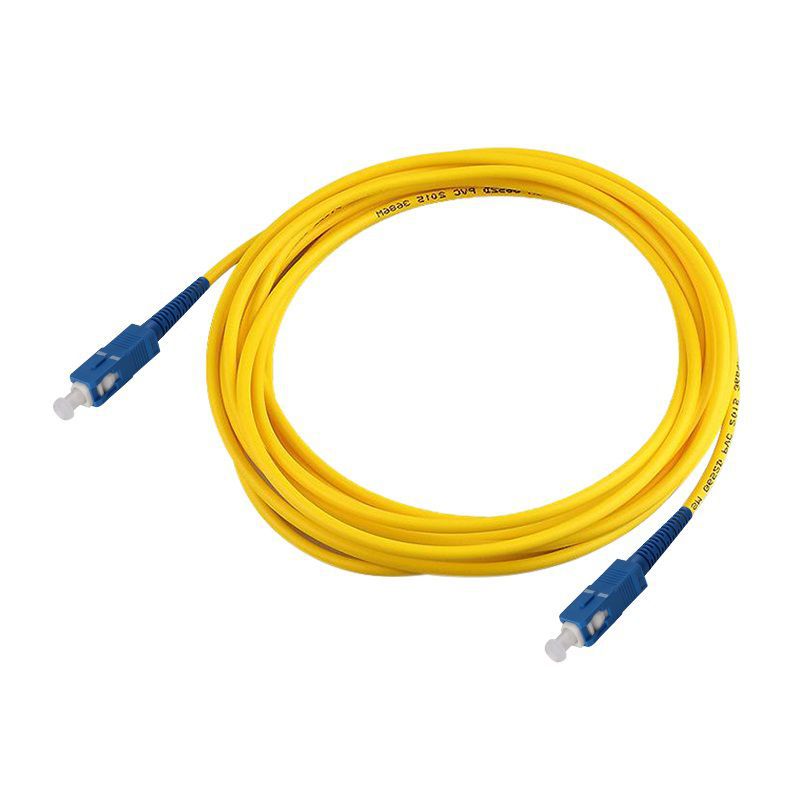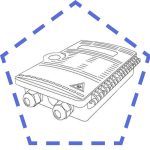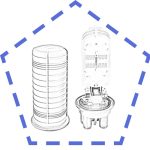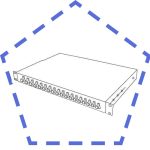Tag Archives: Fiber Optic Communication
How To Choose PLC Splitter For Your Fiber Network Application?
In the post titled "How To Choose PLC Splitter For Your Fiber Network Application," the author delves into the crucial aspects of selecting the appropriate Planar Lightwave Circuit (PLC) splitters for optimizing fiber network performance. Key focal points include understanding splitter types, their various configurations, and the importance of insertion loss and uniformity. The post underscores the advantages of PLC splitters, such as their compact size, cost-efficiency, and reliability in handling multiple channels. Distinctive qualities highlighted include low failure rates and suitability for a range of network applications. By following the detailed guidance, readers can make informed choices ensuring robust and efficient fiber network infrastructure.
Explaination of Single Mode and Multimode Fiber Cable
The post titled "Explanation of Single Mode and Multimode Fiber Cable" elucidates the fundamental differences between these two types of fiber optic cables. Single Mode Fiber offers high bandwidth and is ideal for long-distance communication, thanks to its narrow core that minimizes signal loss and dispersion. In contrast, Multimode Fiber, with its wider core, is best suited for shorter distances and is cost-effective for local networks. The post highlights that Single Mode is preferable for telecommunications and data centers needing high speed over vast distances, while Multimode is advantageous for enterprise settings given its simpler installation and lower costs. This comprehensive analysis aids readers in choosing the right fiber cable based on their specific communication needs.
What is Fiber Optic Patch Cord?
The post "What is Fiber Optic Patch Cord?" delves into the essential features and benefits of fiber optic patch cords. These cables, crafted from high-quality optical fibers, serve as critical links in telecommunications and network infrastructures, ensuring seamless data transmission with minimal signal loss and interference. The post highlights their key advantages, such as high bandwidth capacity, speed, and reliability, compared to traditional cables. Additionally, their flexibility, durability, and ease of installation make them a distinctive choice for a range of applications, from data centers to residential networks. Fiber optic patch cords are presented as indispensable components for optimizing network performance and infrastructure efficiency.
What’s Difference? Single Mode and Multimode Fiber Patch Cord
The post "What's the Difference? Single Mode and Multimode Fiber Patch Cord" elucidates the critical distinctions between single mode and multimode fiber patch cords, essential for informed decision-making in networking. Single mode fibers, with a smaller core, are ideal for long-distance data transmission due to their minimal signal loss and higher bandwidth. Conversely, multimode fibers boast a larger core, facilitating high-speed data transfer over shorter distances, making them cost-effective for intra-building connections. The article highlights pivotal features such as core size, data transfer range, and cost implications, while emphasizing the practical advantages and distinctive qualities that make each type suitable for specific network requirements. This comprehensive guide ensures readers can choose the right fiber patch cord to optimize their network infrastructure.
Fiber Optic Splitter Types
The post highlights key splitter types, including fused biconic tapered splitters (FBT), planar lightwave circuit splitters (PLC), and advanced splitter configurations like cascaded and star couplers. It underscores the pivotal features of each type, such as FBT's cost-effectiveness for small-scale applications and PLC's superior performance in handling high-density networks. Advantages discussed include improved signal transmission, greater reliability, and scalability. Distinctive qualities such as environmental resilience, compact design, and high split ratios are also explored, making this post a valuable resource for choosing the right splitter for specific network requirements.


 Fiber Optic Termination Boxes
Fiber Optic Termination Boxes Fiber Optic Splice Enclosures
Fiber Optic Splice Enclosures Fiber Patch Panels
Fiber Patch Panels PLC Splitters
PLC Splitters Fiber Optic Pigtails
Fiber Optic Pigtails OTDR Launch Cables
OTDR Launch Cables Fiber Optic Adapters
Fiber Optic Adapters Fiber Optic Patch Cords
Fiber Optic Patch Cords